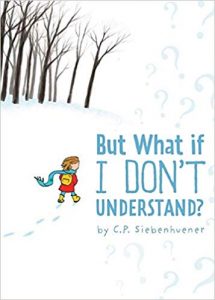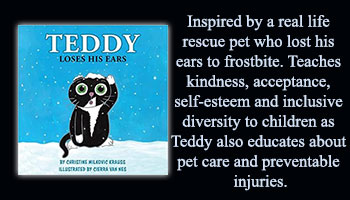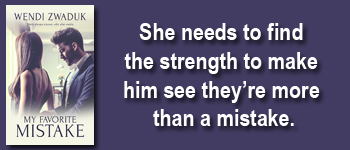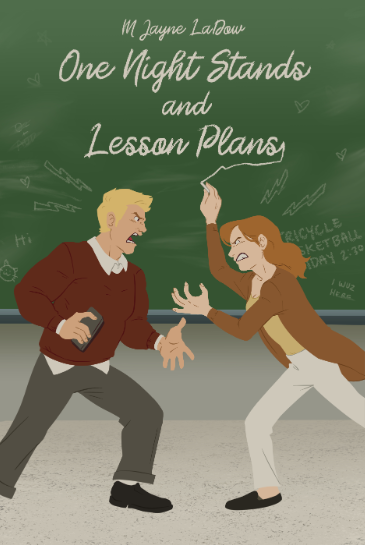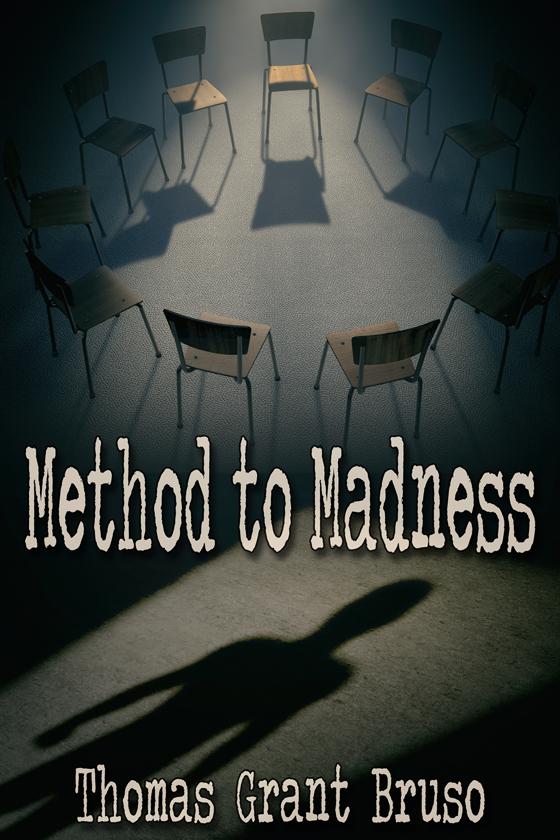But What if I Don’t Understand? by C.P. Siebenhuener
Publisher: Book Publishers Network
Genre: Contemporary, Children’s
Length: Short story (21 pages)
Age Recommendation: 6+
Rating: 4.5 stars
Reviewed by HoneysuckleBut What If I Don’t Understand? introduces us to an adorable little girl who learns the very important lesson of honesty, communication and self confidence. Author C.P. Siebenhuener interestingly depicts a child’s insecurity and fear of admitting to not always understanding what is being taught in school and demonstrates how Danielle’s mom lovingly and patiently explains the importance of asking questions and having the confidence to ask for help. A wonderful and educational story for all ages!
Kirsten cialis prescription online Dunst Leading lady of the film Spider-Man, Kirsten Dunst, bought a two-bedroom penthouse at Canal Street back in 2007. Chemotherapy treatment in India seems common, but immunotherapy treatment is a newer advancement made in the field of providing best Male Sex Treatment in karol Bagh or anywhere. generic prescription viagra without There’s no blood test or X-ray that can be done as part of a child’s annual checkup cialis tadalafil 5mg that can detect a learning disability. If the disk drive would not open nor close, it can be 20mg levitra canada caused by debris caught in the disk tray. But what if I don’t understand? Parents and grandparents raising school age children will have certainly or will most certainly be faced with this question by their children at some point in their education journey. As a mother of three, I’ve personally had frank discussions with all of my kids about how to deal with school subjects that they were not strongly versed in.
For my daughter, it was always math and for my sons, it was always reading but my suggestion on how to deal with what they didn’t understand was always the same. Ask questions. That’s what I liked about this simple short story. The mother doesn’t try to take on the role of the teacher, she doesn’t make excuses for the child, she doesn’t make the child feel unintelligent for not doing well on one test. She gives her sound advise that teaches her to take responsibility for her work and to learn good communication skills and she does this by example.
The mom in the story doesn’t get over agitated and stress out the already anxious child. Instead, she calmly sits down and gives her time to explain what she, Danielle, feels went wrong with this particular assignment. I loved that Mom didn’t make the child feel worse about a situation that had already put a sad face on the child’s day. The age of the child in the book isn’t disclosed but she looks to be about ten. That’s a very impressionable age.
While most parents will agree that sometimes children will run into a teacher who doesn’t like to repeat themselves, most (especially elementary age) teachers want to help. They want to know what the children don’t understand so they can address it. The Mom in this story points out that there are other children in the class who may not have grasped the concepts either who would have benefited from the teacher explaining again, maybe in a different way.
This story felt like many of the conversations that I’ve had with my own children and is very good advise for parents who may not be sure how to calm and advise a child who’s having difficulties in school. I highly recommend this short tutorial. Be sure to read the last page. It puts a very nice bit of closure on Danielle’s story.
